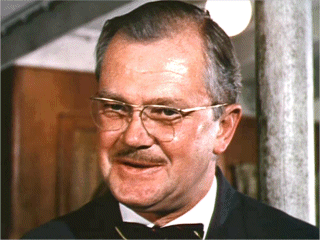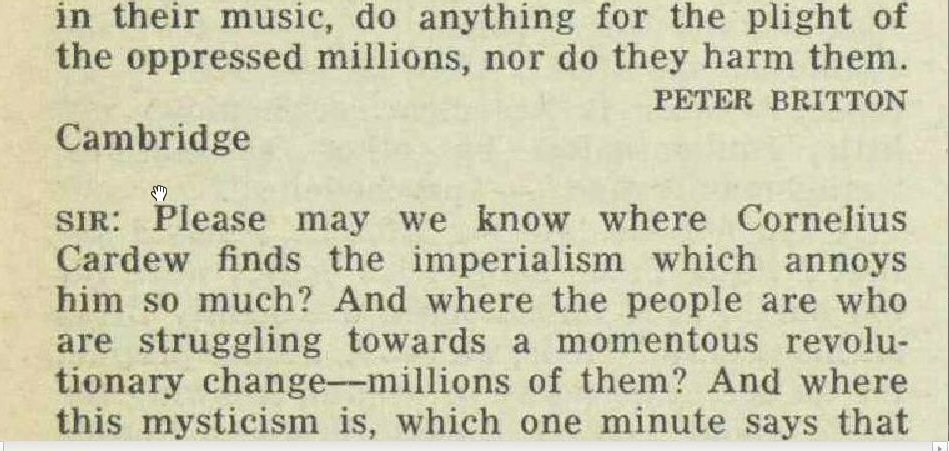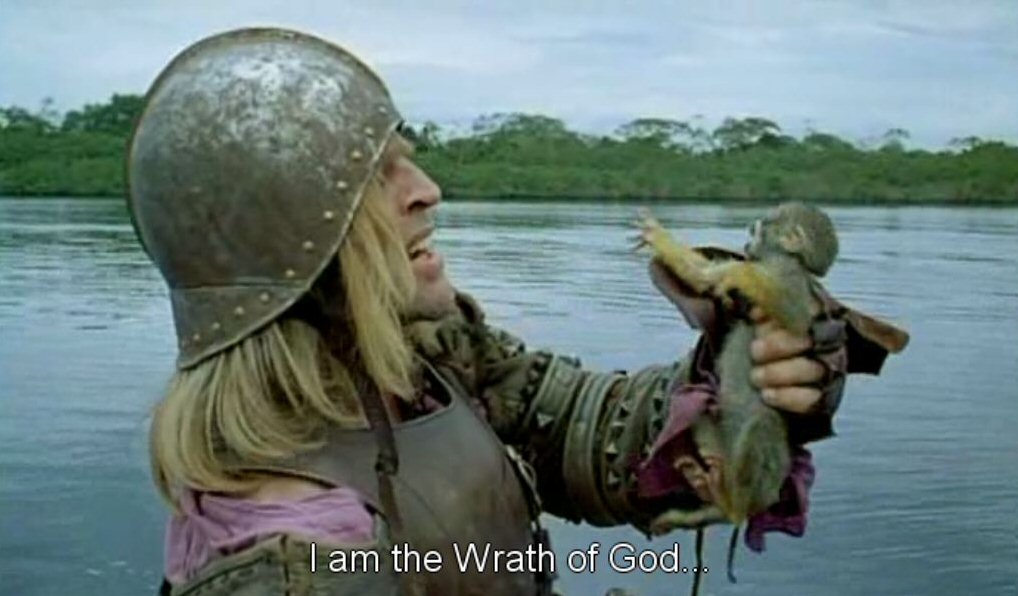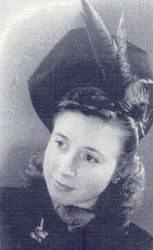So that is another year at Hooting Yard done and dusted. Many thanks to my readers and listeners, particularly to those who help me keep the wolf from the door by sending donations, subscribing, and/or buying my paperbacks from Lulu.
I was going to list here a few personal favourites from the Year of Our Lord MMXII, but then it occurred to me that, really, the best thing you can do is to reread the entire year’s worth of postages, all 550 of them (not including this one), at one prolonged sitting, your brow furrowed in concentration, while outside the wind howls and the rain pours down. After all, “the proper study of Mankind is Hooting Yard”, as Alexander Pope said (attrib.). The attrib., by the by, was made by me, just a moment ago.
I began the year with the demented plan to write a thousandish-word essay every day, and persisted until mid-November, when the scheme ganged agley due to my (alas, temporary) membership of the international jetset. For the Year of Our Lord MMXIII, I have devised a different project, still somewhat blurry in my bonce, the first fruits of which will, I hope, appear here tomorrow.
Meanwhile, at the turning of the year it is time to take stock, so here is a snap of the actor Nigel Stock (1919-1986), who played Dr Watson in the BBC’s 1960s Sherlock Holmes adaptations, as well as popping up in Brighton Rock (John Boulting, 1947) and The Great Escape (John Sturges, 1963), among many other films.







